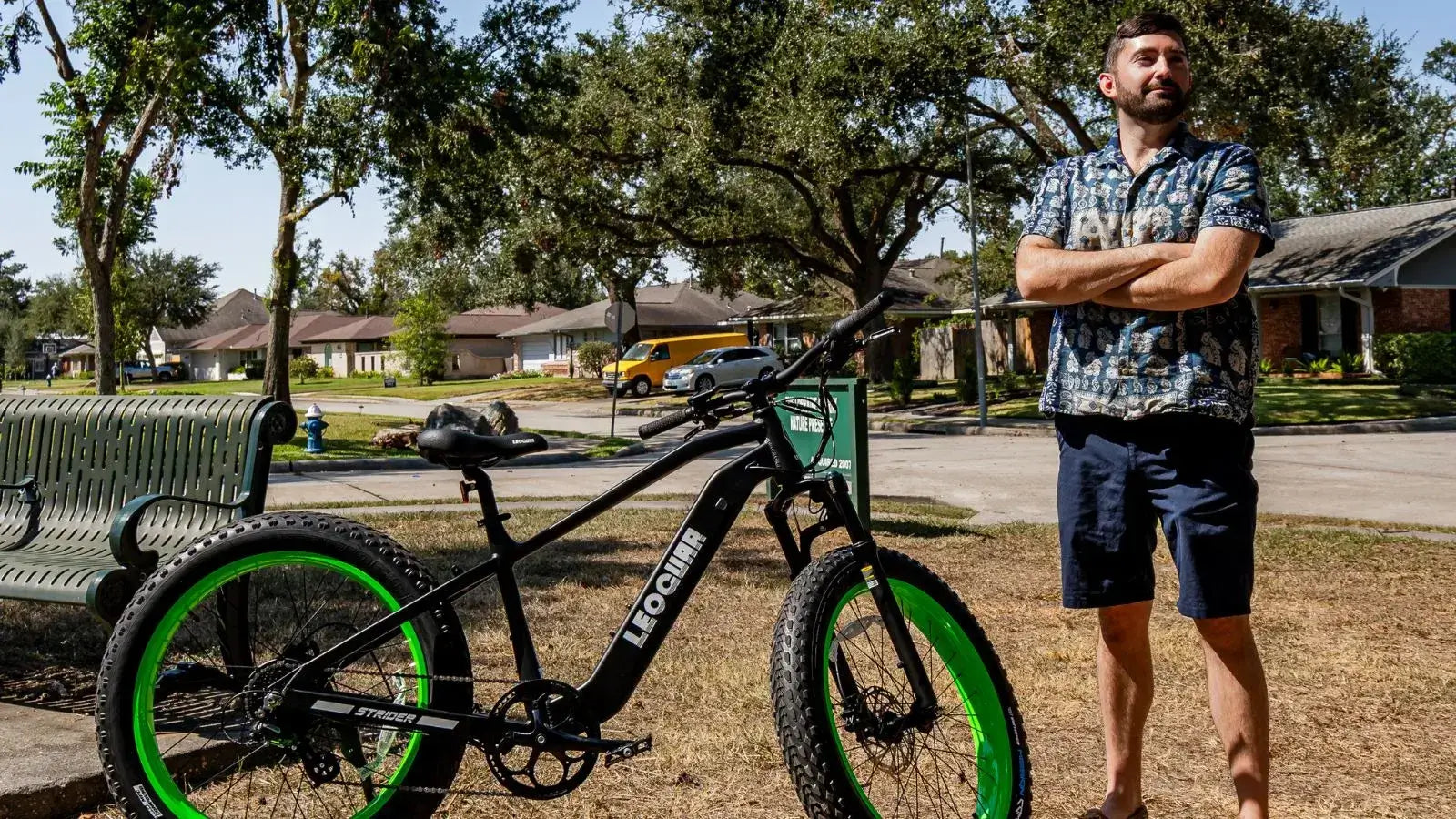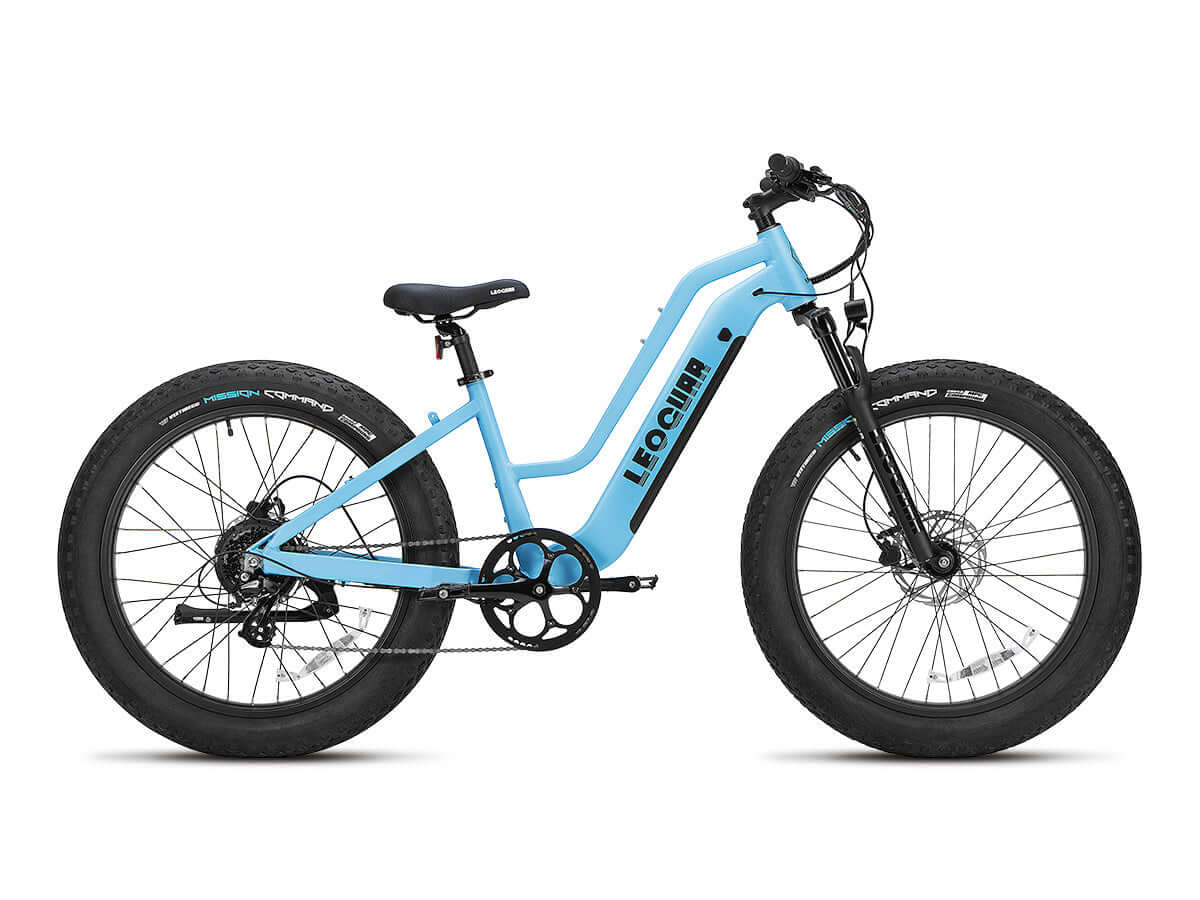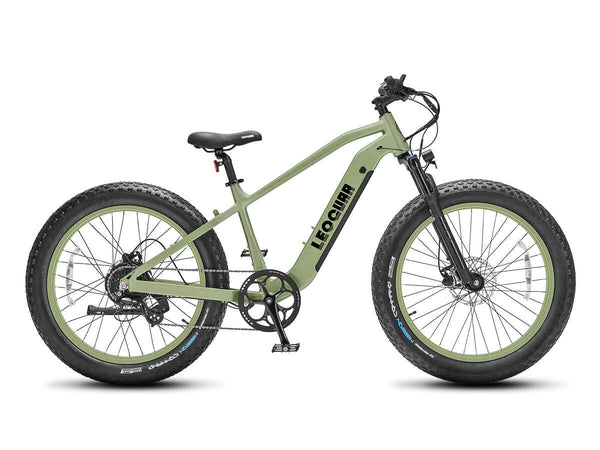
What Is a Class 2 Ebike and Why It Might Be Perfect for You
What is a Class 2 Ebike
Choosing an electric bike can feel hard with so many options. You might want an easier ride to work, help going up hills, or just a fun way to get around. If you want something flexible and easy to use, you've probably heard about Class 2 ebikes. A Class 2 ebike is an electric bike that gives you power in two ways—by pedaling and with a throttle—and the motor stops helping at 20 mph. This guide will explain what that means, who should get one, and how to pick the right bike for you.
Anatomy of a Class 2
To be called a Class 2, an ebike must meet three specific rules. This system makes sure all bikes perform the same way and helps decide where you can ride them. Understanding these three parts is key to knowing what makes a Class 2 ebike special.
Pedal-Assist System (PAS)
Like all ebikes, a Class 2 model has a motor that helps you as you pedal. You can pick from different levels of help, from a light push to strong power. This system feels when you pedal and adds motor power to make riding easier and faster. The key rule for a Class 2 ebike is that this help must stop once the bike hits 20 miles per hour.
Throttle on Demand
This is what makes a Class 2 ebike different. These bikes have a throttle, usually a twist grip on the handlebar or a thumb button. Using the throttle turns on the motor and moves the bike forward without you needing to pedal at all. It gives you instant power when you want it, like a scooter or moped, but in bike form.
Top Assisted Speed of 20 MPH
This is the speed limit for this class. The motor won't help you go faster than 20 mph, whether you use the throttle or pedal assist. This doesn't mean the bike can't go faster—you can always go over 20 mph by pedaling on your own or going downhill. The limit only applies to how fast the motor will help you go.
Class 2 vs. Others
The ebike class system can confuse new riders. The main differences between the three classes are whether they have a throttle and how fast the motor will help you go. A Class 2 ebike sits in the middle, giving you the most options of the three.
| Feature | Class 1 | Class 2 | Class 3 |
|---|---|---|---|
| How Motor Activates | Pedal-Assist Only | Pedal-Assist AND Throttle | Pedal-Assist Only |
| Throttle Present? | No | Yes | No |
| Maximum Assisted Speed | 20 mph | 20 mph | 28 mph |
| Typical Riding Experience | Feels like a super-powered traditional bike | Flexible, effortless riding | Fast-paced, performance-oriented commuting |
The Throttle Advantage
The throttle is more than just a feature—it changes how you ride. It gives you control that pedal assist alone can't match. We've seen how the throttle solves real riding problems.
The Effortless Start
Picture yourself stopped at a busy intersection, first in line at a red light. The light turns green. Instead of wobbling as you try to get moving from a stop, especially going uphill, a gentle push of the throttle gives you a smooth, stable start. You speed up safely, getting ahead of traffic without working hard to pedal. This is one of the best benefits of a Class 2 ebike, giving you confidence and safety in stop-and-go city riding.
Taking a Break
We all need to rest our legs sometimes during a ride. On a long, flat bike path or a pretty stretch of road, the throttle lets you become a passenger on your own bike. You can stop pedaling completely, sit back, and let the motor keep your speed. It's the perfect way to catch your breath, drink some water, or just enjoy the view without slowing down. This turns a tiring trip into a relaxing cruise, making longer rides feel much easier.
Conquering Steep Hills
While pedal assist works great for gentle slopes, some hills are short, steep, and tough. You might see one coming and not have time to shift gears properly. With a Class 2 ebike, you don't have to power through with just your leg strength. A full press of the throttle gives you that burst of power to get up and over the top without breaking your rhythm or sweating hard. It turns scary hills into small bumps in the road.
Navigating Tricky Situations
Some situations need precise control where pedaling feels awkward. Think about moving your bike through a crowded market, putting it in a tight bike rack, or getting it up a narrow ramp to your apartment. In these slow-speed spots, trying to use the pedals can be jerky and unstable. The throttle gives you precise, slow control, letting you move the bike forward smoothly and safely without putting your feet on the pedals.
Is Class 2 For You?
A Class 2 ebike offers a great mix of exercise and easy cruising, but it's not perfect for everyone. Your ideal ebike class depends on how you ride, your goals, and where you plan to go. Here's a guide to help you decide.
You'll Love a Class 2 If...
The Urban Commuter: You want to get to work fast without arriving sweaty. The throttle helps you speed up from traffic lights and keep up with city traffic. The ability to cruise without pedaling means you can handle your commute with little effort on days you're feeling tired.
The Casual Rider or Explorer: Your rides are about fun and comfort. You want the choice to pedal for light exercise but also the freedom to just cruise and enjoy the view. The throttle gives you the flexibility to switch between active riding and pure relaxation.
Riders with Physical Limitations: If you have knee pain, low stamina, or other mobility challenges, a Class 2 ebike can give you freedom and independence. The throttle makes sure you can always get home, even if you run out of energy to pedal, making it a reliable way to get around.
The Utility Rider: You use your bike for more than just riding. You're carrying groceries, a child in a bike seat, or pulling a cargo trailer.
The instant power from the throttle helps get a heavy load moving from a complete stop, which can be very hard with pedals alone.
You Might Prefer a Different Class If...
The Fitness Purist: If your main reason for riding is to get a workout and you want to make sure you're always working, a Class 1 ebike might feel more real. Its pedal-assist-only design makes sure you're always part of the work.
The Speed-Focused Commuter: You have a long, safe commute on open roads and speed is your top goal. The 28 mph top speed of a Class 3 ebike will get you there much faster than a Class 2.
The Trail Purist: If you love riding on dirt mountain bike trails, a throttle is often not allowed. Many trail systems specifically ban any ebike with a throttle to prevent trail damage and user conflict.
A Class 1 eMTB (electric mountain bike) is almost always required for off-road access.
Navigating the Rules
Understanding where you can legally ride is one of the most important parts of owning an ebike. While the three-class system creates clarity, local rules can vary. Being a good rider means knowing the rules of the road and the path.
General Guidelines
Bike Lanes & Streets: In most places, Class 2 ebikes are treated just like regular bicycles. This means you can ride them in bike lanes and on public roads where bikes are allowed.
Multi-Use Paths: This is where rules start to differ. Many paved paths shared by cyclists, walkers, and skaters allow Class 2 ebikes. However, some cities or park districts may restrict them, often posting signs that say "No Motorized Vehicles." Always look for local signs.
Mountain Bike & Nature Trails: This is the most restricted area. To protect the trail environment and the experience for regular mountain bikers and hikers, most dirt trails ban any ebike with a throttle.

How to Check Local Laws
Laws are not the same everywhere, but you can find what you need with a simple three-step process. The three-class system is now law in over 35 U.S. states, but details can differ.
Step 1: Start with a National Resource. Groups that support cycling are the best place to begin. For example, PeopleForBikes maintains a comprehensive guide to e-bike laws across all 50 states. This will give you a great overview of your state's general rules.
Step 2: Check Your City or County Website. Local laws are often more specific than state laws. A quick search for "ebike laws [Your City Name]" will usually lead you to a city or parks department page with detailed rules. For example, Marin County in California has specific pilot programs and rules for different e-bike classes on its pathways. This shows how detailed local rules can be.
Step 3: Look for Signage at the Trailhead. When in doubt, the sign at the entrance to a path or trail is the final word. These signs will clearly state which types of vehicles are allowed or banned. Always follow posted rules.
The Final Word
The Class 2 ebike represents the best versatility in the electric bike world. It's a commuter, a cruiser, a utility vehicle, and a tool for new mobility all in one.
By combining the natural feel of pedal assist with the instant convenience of a throttle, it offers a solution for many different riders. It removes barriers, flattens hills, and makes cycling more accessible and enjoyable than ever before.
By understanding its features, matching them to your needs, and knowing the local rules, you can confidently decide if the flexible and empowering experience of a Class 2 ebike is perfect for you.
FAQ
1. Q: Can I ride a Class 2 ebike without pedaling at all?
A: Yes, you can use the throttle to ride without pedaling. The throttle will power the bike up to 20 mph without any pedaling effort from you.
2. Q: Do I need a license to ride a Class 2 ebike?
A: In most states, you don't need a license, registration, or insurance for a Class 2 ebike. However, some states may have age requirements, so check your local laws.
3. Q: How far can I go on a Class 2 ebike on a single charge?
A: Range varies by battery size, terrain, rider weight, and how much you use the throttle versus pedaling. Most Class 2 ebikes can go 20-50 miles on a single charge.
4. Q: Are Class 2 ebikes allowed on bike paths?
A: It depends on local rules. Many paved bike paths allow Class 2 ebikes, but some may restrict them. Always check local signs and regulations before riding.
5. Q: What's the difference between throttle and pedal assist?
A: Pedal assist only works when you're pedaling and adds power to your pedaling effort. The throttle works independently and can power the bike without any pedaling, like a motorcycle or scooter.










































Leave a comment